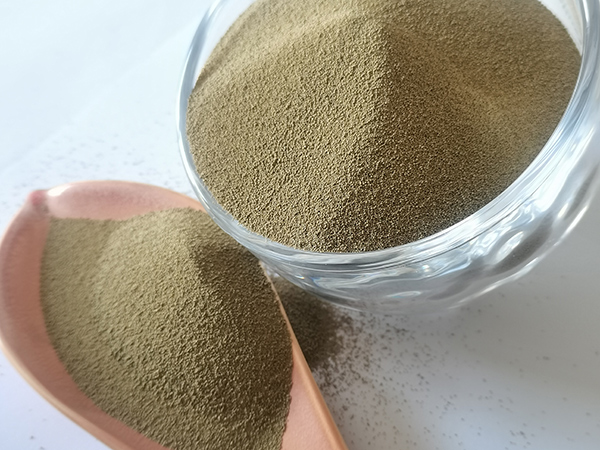The Cost of 3D Sand Printers An Overview
As technology continues to evolve, the additive manufacturing sector has significantly expanded its capabilities, paving the way for innovations such as 3D sand printing. This method has garnered attention for its unique ability to create complex sand molds and cores for various industries, including aerospace, automotive, and art. However, one of the most pressing considerations for businesses and individuals looking to invest in this technology is the cost of 3D sand printers. In this article, we will explore the factors influencing the prices of these machines, the available options on the market, and the potential return on investment.
Understanding 3D Sand Printing Technology
3D sand printing is a process that utilizes a binder jetting technique to create sand objects layer by layer. The technology allows for the production of highly intricate designs that traditional manufacturing methods might find challenging or impossible. One of its most significant advantages is the ability to manufacture molds that can be used for casting metal parts, thereby reducing lead times and material wastage.
Factors Influencing the Price of 3D Sand Printers
The price of 3D sand printers varies widely based on several factors
1. Technology Type Different types of 3D sand printing technologies exist, such as binder jetting and 3D sand printing with direct inkjet methods. Each has varying costs and capabilities, leading to a broad spectrum of prices.
2. Build Size The printer’s build size significantly affects its price. Larger machines capable of printing bigger parts naturally cost more due to increased complexity and the need for robust components.
3. Material Compatibility The types of materials a printer can handle also impact its price. While some printers only work with silica sand, others are designed for a range of materials, thus widening their application and justification for a higher cost.
4. Brand and Support Established manufacturers with a reputation for quality and customer support tend to have higher-ticket items. This cost often includes maintenance agreements and service packages that can save money over time.
5. Features and Technology Level Advanced features such as automation, software integration, and post-processing capabilities will add to the cost. For businesses looking to utilize these systems efficiently, investing in high-end machinery can enhance productivity and quality.
3d sand printer price

Price Range
The prices for 3D sand printers can vary greatly, typically starting at around $50,000 for smaller, entry-level models suitable for prototyping or small-scale production. Mid-range systems can cost between $100,000 to $300,000, accommodating more significant production needs with larger build volumes and versatile material compatibility. High-end commercial machines, engineered for heavy-duty industrial applications, often exceed $500,000, with some systems reaching upwards of $1 million.
The Return on Investment (ROI)
While the initial capital required to acquire a 3D sand printer can be substantial, businesses often find that the ROI justifies the expense. Here are a few ways in which these printers can lead to significant savings and profit generation
1. Reduced Lead Times The ability to produce molds rapidly leads to quicker turnaround in manufacturing processes, improving overall efficiency.
2. Customization 3D sand printers allow for the creation of tailored molds unique to specific projects, which can enhance product offerings and meet niche market demands.
3. Lower Material Waste Traditional manufacturing methods often result in excess material being discarded. 3D printing uses only the necessary amount, saving costs and promoting sustainability.
4. Increased Flexibility With the capability to easily switch between different designs, companies can respond quickly to market changes without the need for costly retooling.
Conclusion
Investing in a 3D sand printer can be a significant financial decision, influenced by various factors including technology, size, and features. However, for many businesses, the potential benefits, including reduced manufacturing times, lower waste, and increased customization, make these machines a worthwhile investment. As the industry grows and technology becomes more accessible, the landscape of 3D sand printing will likely evolve, potentially lowering costs and expanding the market for this innovative manufacturing technique.
Post time:Dec . 10, 2024 11:57
Next:resin coated silica sand
